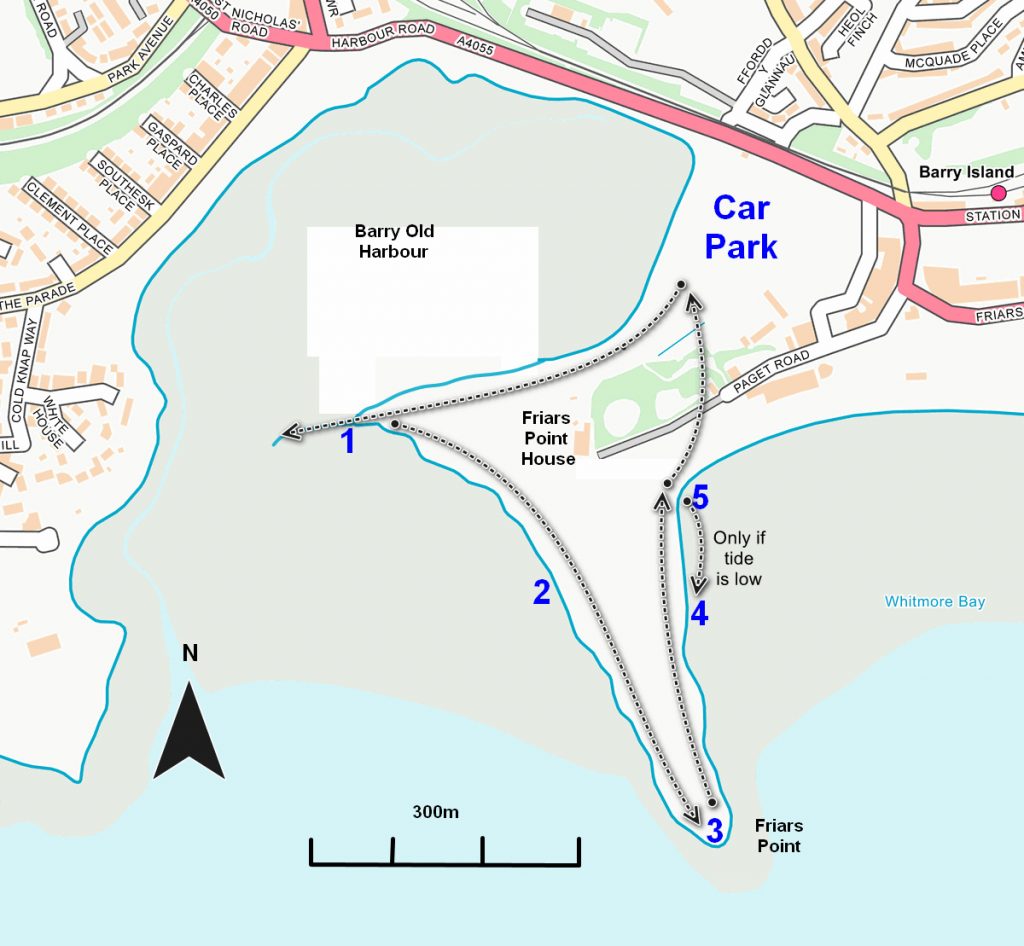Chris Duffin The Mineralogy of Art
A talk to the South Wales Geologists Association by Chris Duffin onThe Mineralogy of Art whereby he describes the minerals used to create pigments and some of the chemistry behind that
The Geology of Pembrokeshire by Sid Howells
Sid is a local geologist of note who has led the SWGA many times (as you can see in this photograph) . In this lecture he gives an overview of the geology of Pembrokeshire and the history of it's exploration by well known and not so well known geologists
Autumn 2024 Newsletter
Geological Walk at Llansteffan
This is some additional information and pictures to support the geology walk at Porthcawl. Take a look at the descriptions under each picture to see more information
The Localities mentioned on this post relate to the map which is included in the leaflet PDF and is repeated here to make this page easier to read. For more information and descriptions of all the localities and the start point, parking etc. please see the leaflet

To download and print this walk, please open / download the PDF version here









•BGS Geology Viewer is a free smartphone app to view geological maps of Britain wherever you go https://www.bgs.ac.uk/technologies/apps/igeology-app/
We hope you enjoyed this short tour of Llansteffan. If you’d like to learn more about our local geology, take a look at other pages on the South Wales Geologists’ Association website: www.swga.org.uk
Geological Walk at Barry Island, Friars Point
This is some additional information and pictures to support the geology walk at Barry Island. Take a look at the descriptions under each picture to see more information
The Localities mentioned on this post relate to the map which is included in the leaflet PDF and is repeated here to make this page easier to read. For more information and descriptions of all the localities and the start point, parking etc. please see the leaflet

To download and print this walk, please open / download the PDF version here






•BGS Geology Viewer is a free smartphone app to view geological maps of Britain wherever you go https://www.bgs.ac.uk/technologies/apps/igeology-app/
We hope you enjoyed this short tour of Barry Island. If you’d like to learn more about our local geology, take a look at other pages on the South Wales Geologists’ Association website: www.swga.org.uk
July 2024 Newsletter
April 2024 Newsletter
John Nudds – Probably the best lager(statten) in the world
A recording of a ppresentation to the South Wales Geologists Association A review of some of the best fossil preservation sites in the world (Lagerstatten) by John Nudds Co-Author of the book on this subject Evolution of Fossil Ecosystems and Fossil Ecosystems of North America
Jeremy Hucker – dealing with the Legacy of Coal Mining across South Wales
Jeremy Hucker gives a brief introduction to coal and coalfields before getting on to the legacy and risks, and how we identify and mitigate those risks
